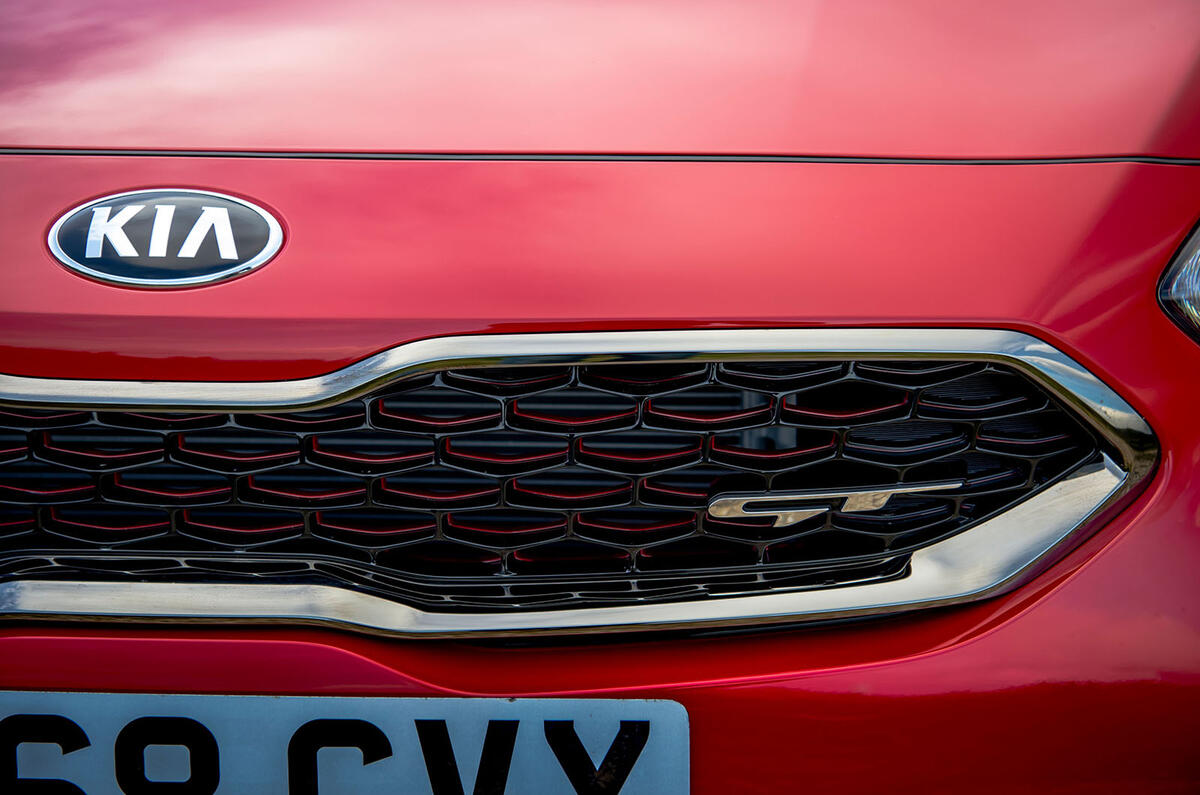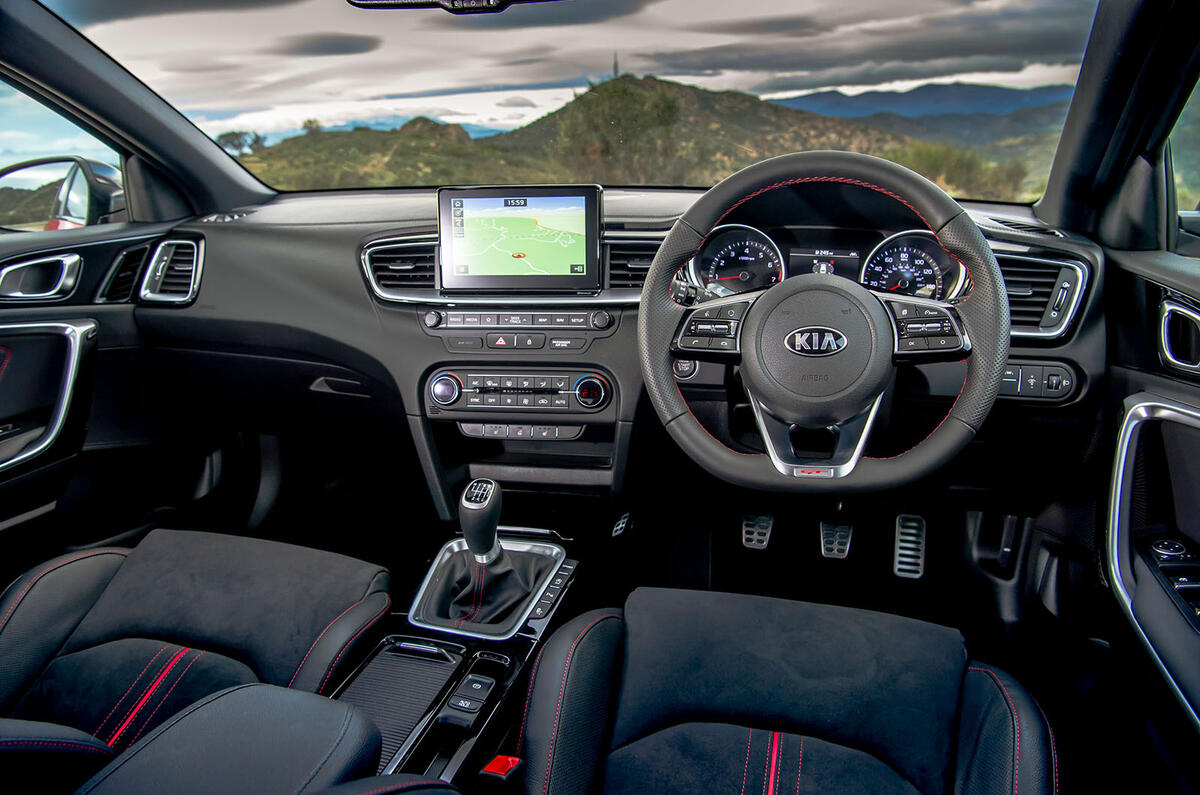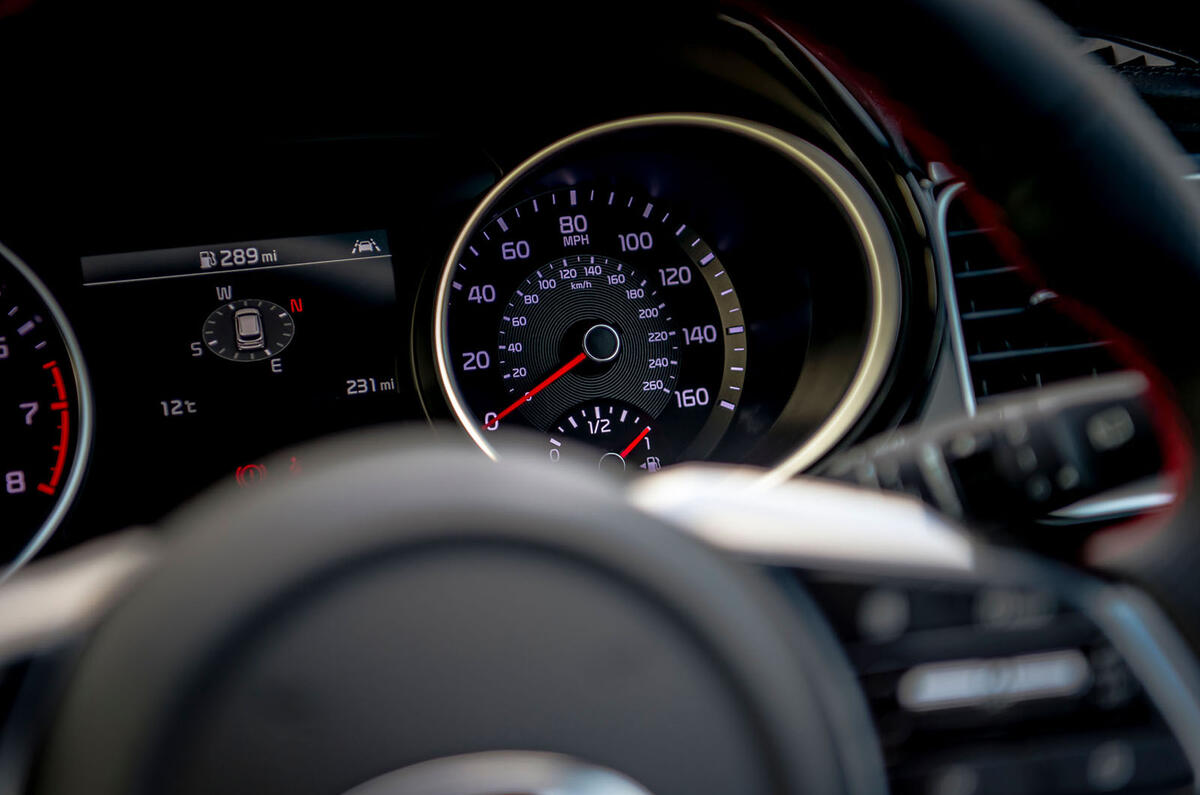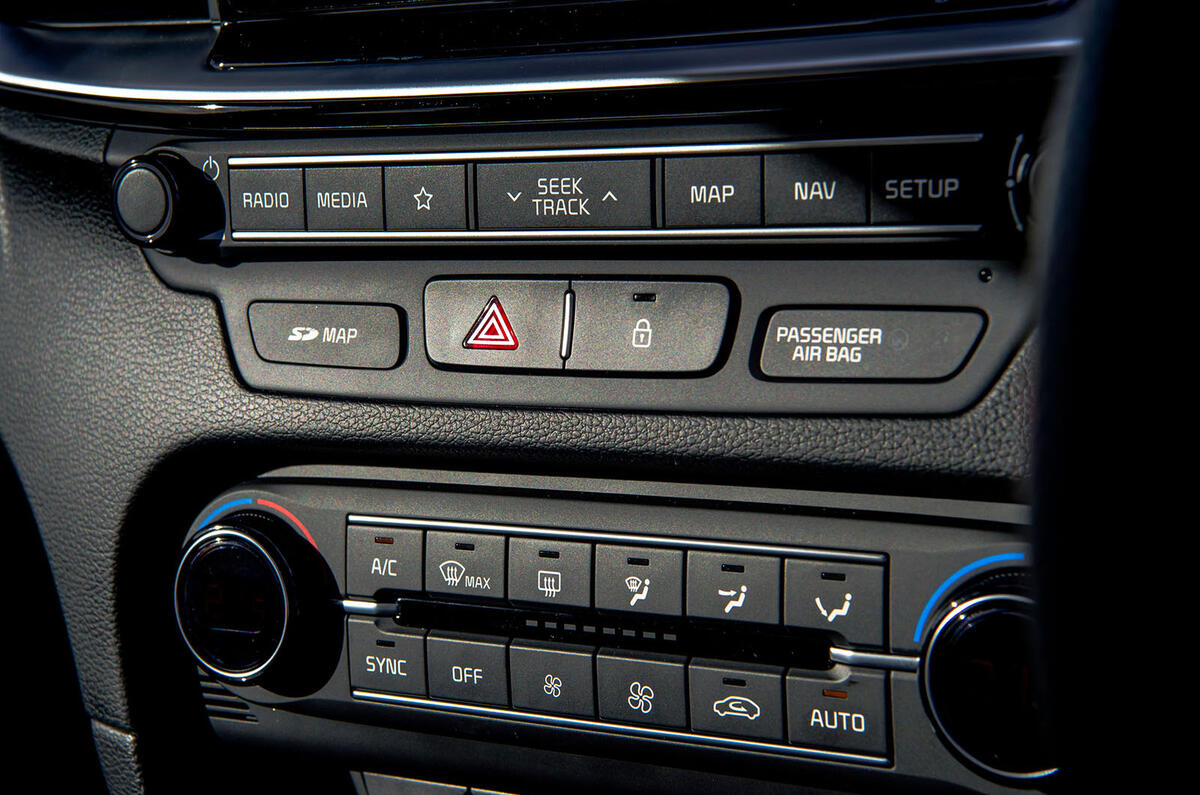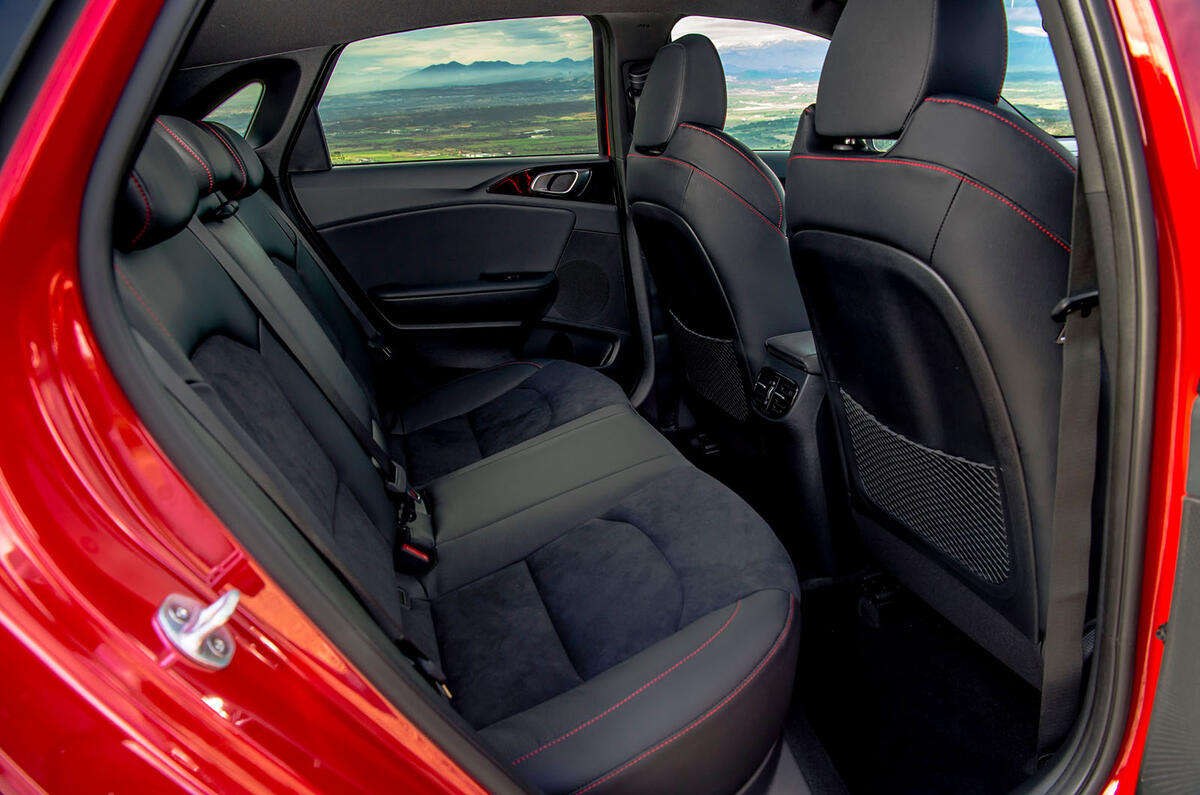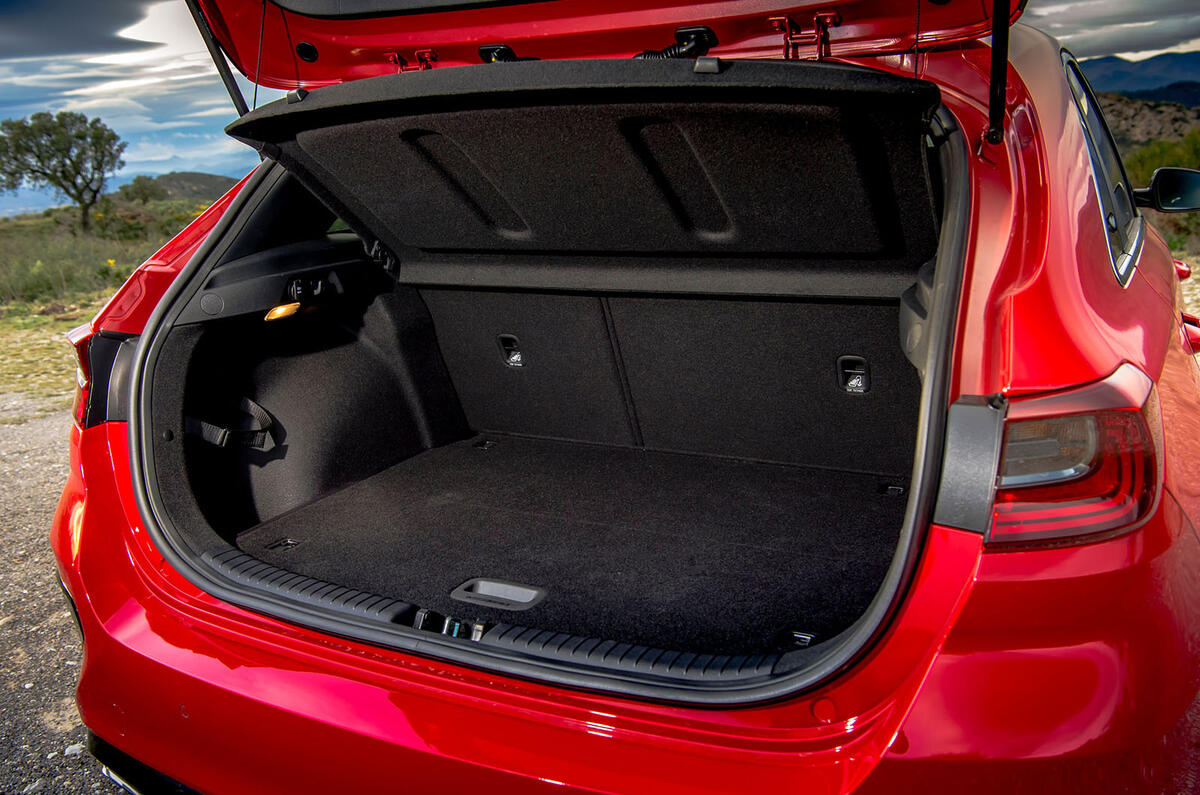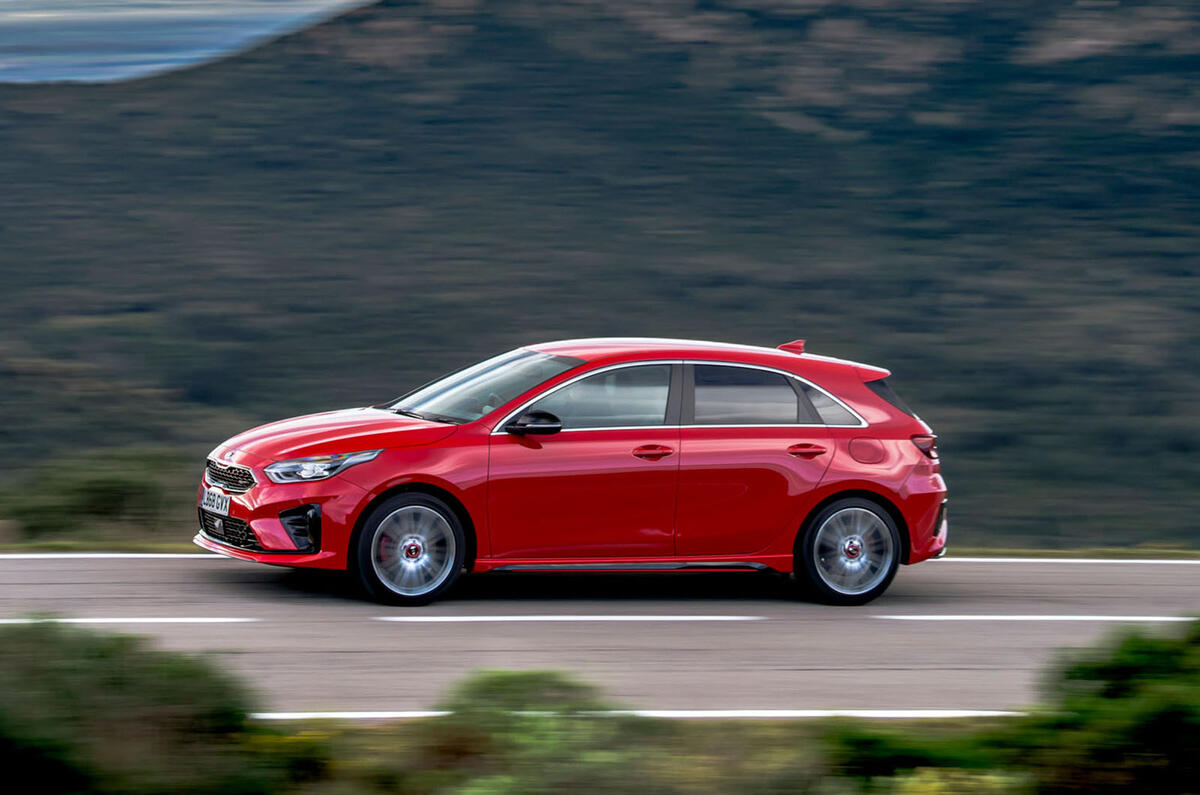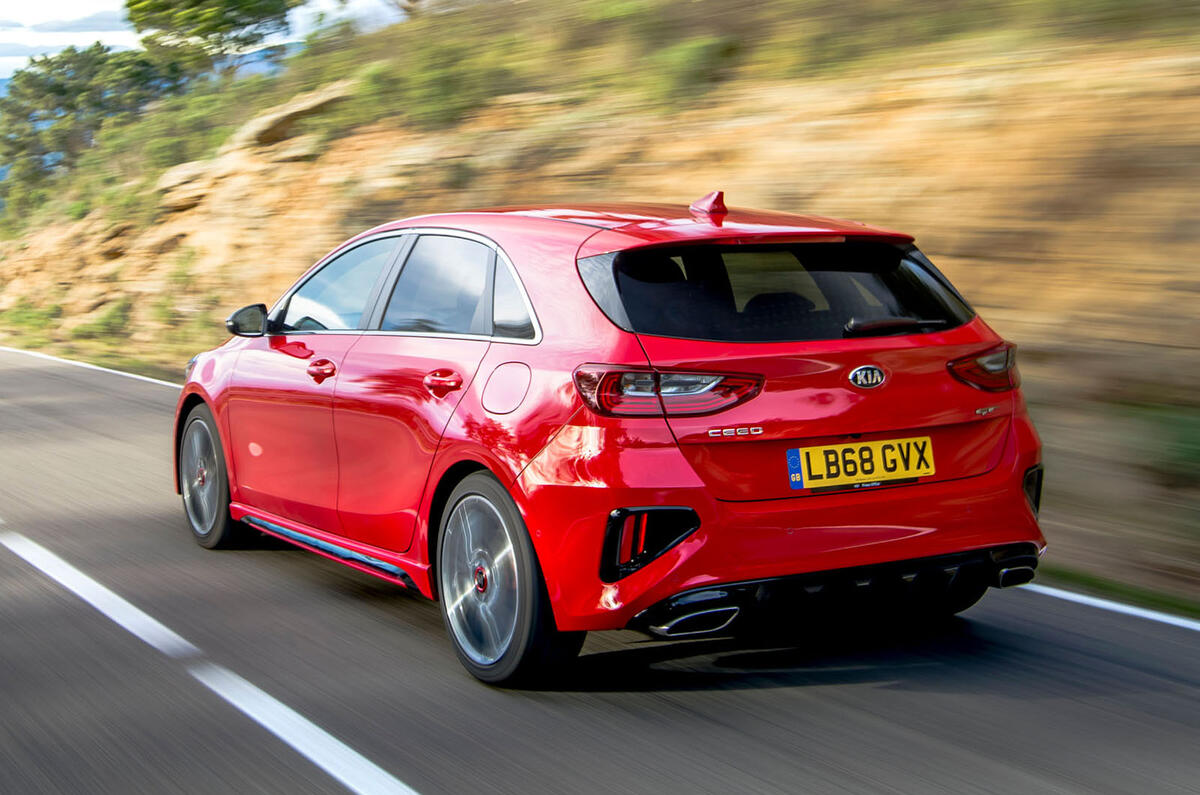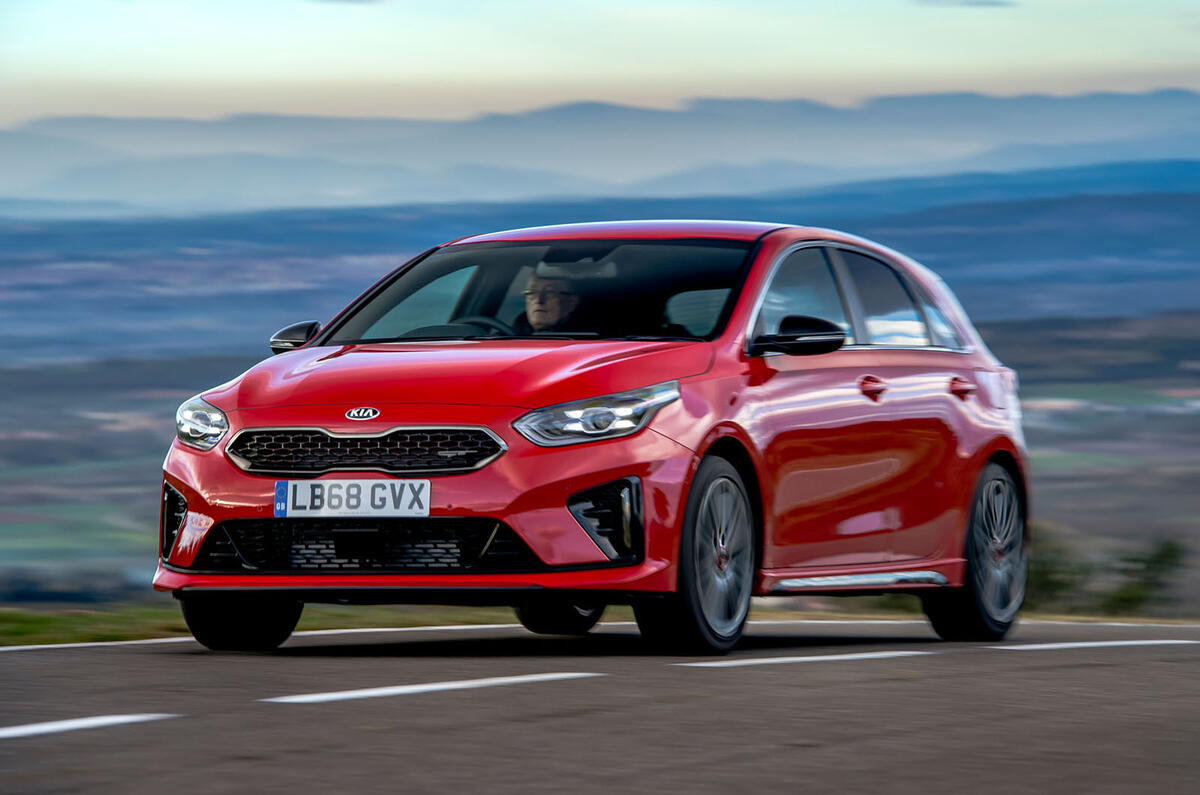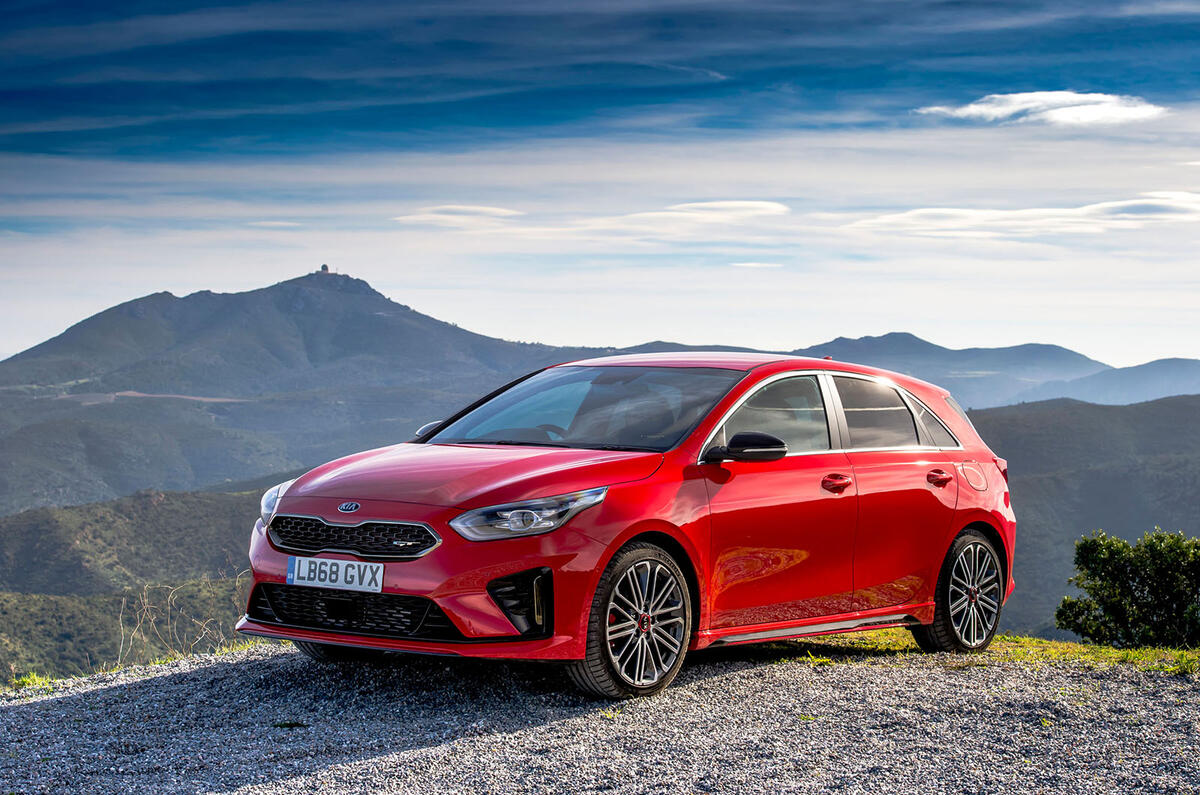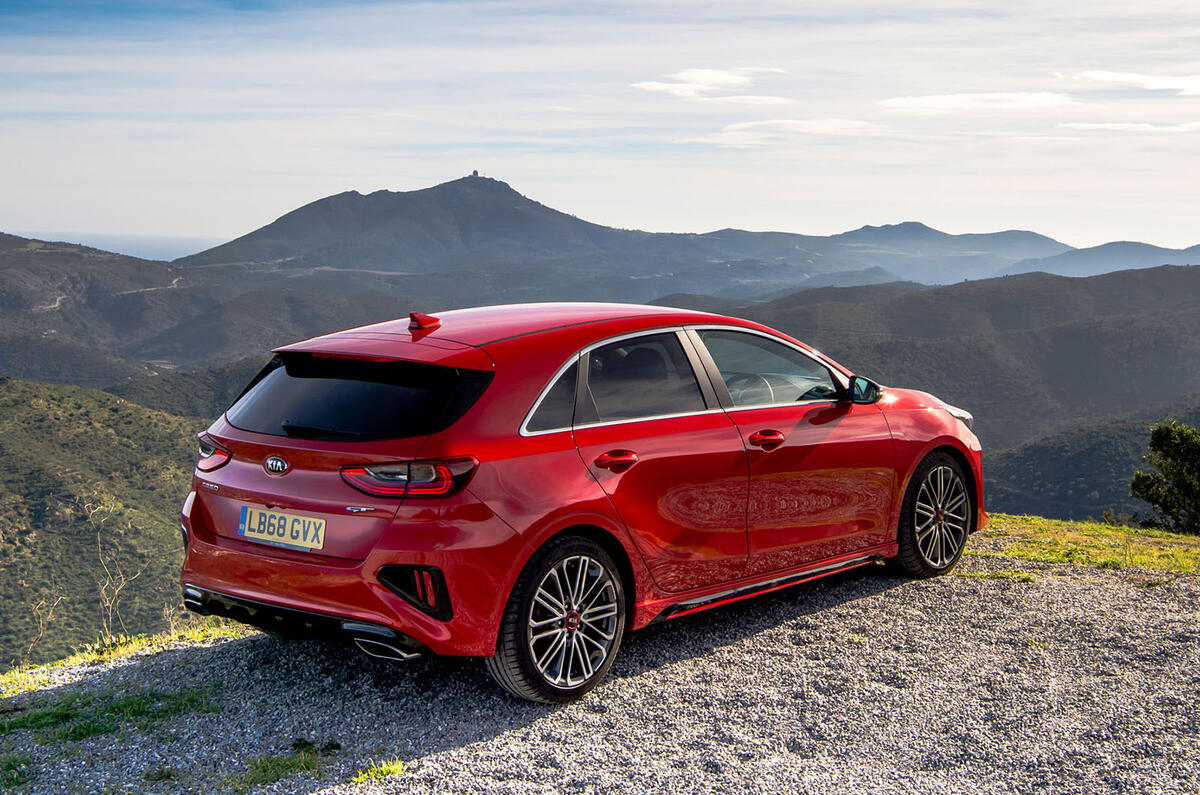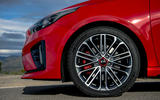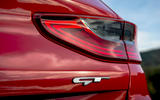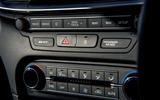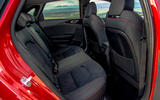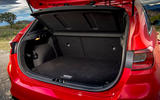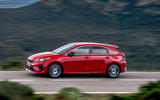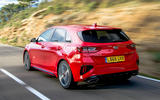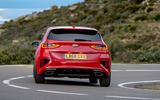When the third-generation Kia Ceed was signed off, we’re told Kia spent a further six months fettling the suspension of the range-topping GT specifically for European roads.
For a car designed in Frankfurt, manufactured in Slovakia and tested at a little-known circuit called the Nürburgring, this shouldn’t come as a surprise. And yet because the project was overseen by Albert Biermann – formerly head of BMW M, now chief engineer at Kia’s parent company Hyundai and therefore the man behind the excellent i30 N – neither can one so easily dismiss such a claim as marketing hot air.
The Ceed GT predates the i30 N, of course, and so has some history. Good history. Introduced in the 2015 as the Kia Procee'd GT, Kia’s first go at a driver’s hatch wasn’t what you’d call quick, and yet with a 7.7sec 0-62mph time, neither was it slow. Similarly, while the front-driven chassis never felt as sharp as that of even a Volkswagen Golf GTI, it was a very long way from feeling blunt. Kia stuck to the line that, rather than being a sabre-toothed road-racer, this was a hatchback with more easy-going ‘grand touring’ pretensions, and only a faintly brittle ride undermined that. It felt honest, handled pleasingly, was comfortable even over long distances, and we liked it.



